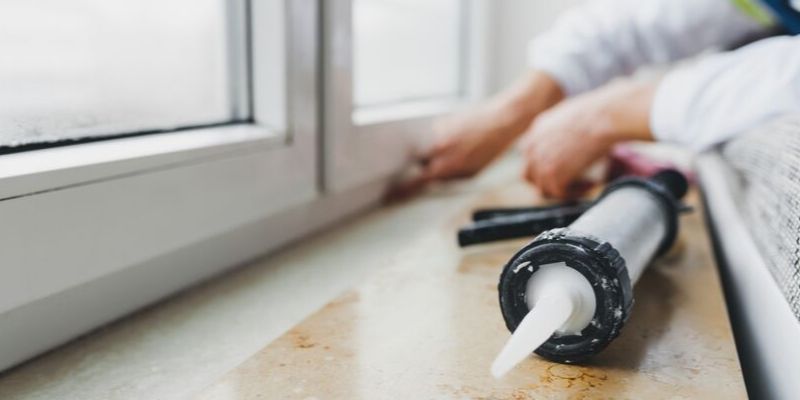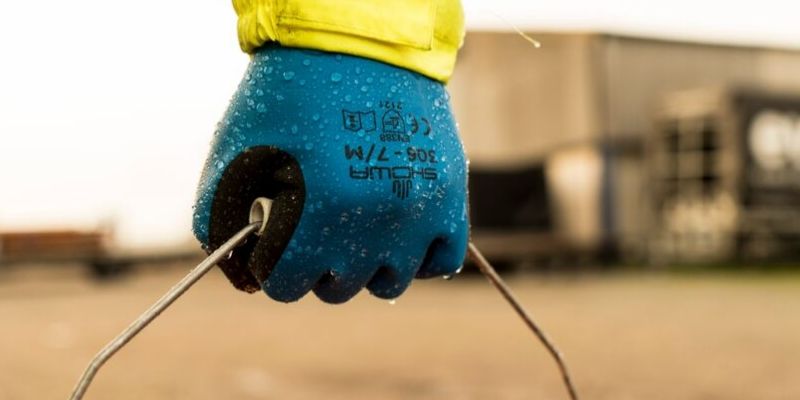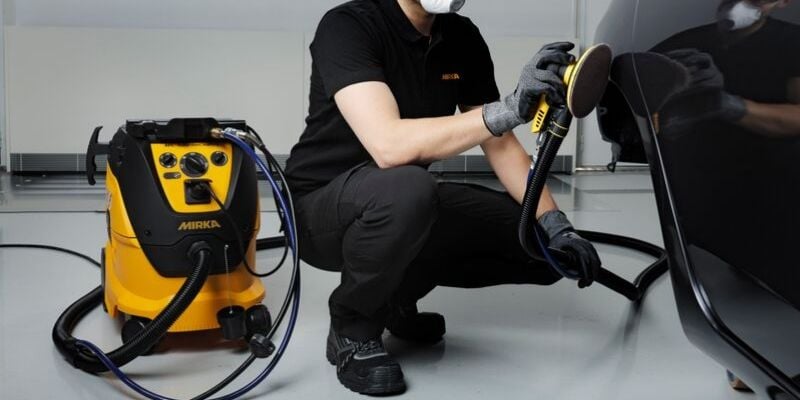How to choose the right silicone sealant

Have you ever found yourself trying to buy a silicone sealant and found yourself overwhelmed by all the different options? Well, you're not alone, this article explains the different types of silicone sealant and what that means for you. By the end of the article, you should be able to select the right sealant for your application.
Silicone sealant is quite a broad term that is used a lot especially when it comes to DIY jobs, the first thought for most people is to go to their local DIY store and grab the cheapest one in the right colour.
The reality is though, there is no one single type of silicone sealant that should be used for everything. There are many, all different types that all have different flexibility, durability, and resistance. So how do you know you are using the right one for the job?
Silicone sealant is generally categorised by what job it is suitable for, making choosing the right product very straight forward.
Common uses for silicone sealants:
- Sealing gaps around baths, showers, windows, worktops
- Fixing mirrors or glass to tiled surfaces
- Sealing gutters and downpipes
- Repairing rubber trim on cars
- Moulding into soft rubber goods of most shapes
- Making reusable flexible moulds
- Gluing aquariums together
Silicone sealants are used in a wide variety of building applications because of their strong performance characteristics, these include;
- UV resistance
- Temperature resistance
- Highest movement capability (Class 50–100)
- Generally longer service life
- Continued flexibility over time
Silicone sealants can have a strong odour and some take a considerable time to fully cure but one of their benefits is that they can be used structurally in glass assemblies. Pure silicone sealants are not paintable. They stay flexible at wide temperature ranges, are completely waterproof, bond well to most surfaces, and won’t support mildew growth with some like Dowsil 785+ having specific bacteria resistance characteristics.
Silicone types in common use in the industry include:
- High Modulus
- Low modulus
- Neutral cure
- Acetoxy cure
The meaning of high and low modulus can be explained simply: a low modulus will need a lower force to stretch it once cured and will have better elasticity and movement, a high modulus is more rigid once cured. In deciding which modulus is best for a given application, then desired movement characteristics are the main thing to take into consideration.
For example, if you are sealing around a bath, you would use a high modulus silicone. The reason for this is that as you fill the bath with water it will lower slightly due to the weight, this will pull on the sealant. If you use a low modulus silicone then the silicone may tear as the bath moves and the bath will leak. A high modulus sealant will stretch as the bath moves and flex-back as the weight in the bath is lifted. If your application has a large amount of movement then a low modulus sealant may be better.
![]() Sealant being applied to a car light surround
Sealant being applied to a car light surround
Sealant types
Low modulus sealants are stretchy but not the most hardwearing, they are the best option for sealing glass wall assemblies, perimeter seals, on curtain walling, perimeter sealing of polyester powder coated frames, and glazing of windows in swimming pool buildings. These sealants offer better adhesion and accommodate more movement. These sealants are generally very long-lasting.
High modulus sealants are less stretchy but more hardwearing, they are recommended for use in sealing Baths, showers, sinks, washbasins, kitchen worktops, and many other sanitary and internal applications. They can also be used on Shopfronts, showcases, and glass to glass joints.
Acetoxy silicone sealants release acetic acid (which smells a little like vinegar) as they cure, this is the most commonly used - it is more rigid and the full cure is quick. On the downside, it generally has poor adhesion and leaves much to be desired in how well it 'sticks' to PVC-U, most other plastics, and glass, aluminium, and Polycarbonate.
Neutral (meaning neutral alkoxy) silicone sealants release alcohol as they cure, and has almost no smell, they have better adhesive properties for a greater number of materials including PVC-U, most other plastics, glass, aluminium, lead, stone and masonry, and Polycarbonate. On the downside, they can be more expensive and is slower to cure at one to five days depending on thickness, temperature, and humidity conditions.
Neutral cure or Acid cure?
Acid-cure silicones work best on non-porous surfaces such as glass and glazed tile, but they can corrode metal and etch some plastics, whilst neutral-cure silicones work well on metal and wood.
Which sealant for which application?
Low Modulus Acetoxy (LMA) sealants are the cost-effective "all-rounders", they are suitable for a wide variety of general building, glazing interior, and exterior applications and adhere to many common building materials.
Low Modulus Neutral (LMN) sealants are the best option for the sealing of UPVC Window or Door Frames (exterior). They offer better adhesion, accommodate more movement, and are generally longer lasting than LMA's.
High Modulus Acetoxy (HMA) sealants are most commonly used for kitchen and sanitary applications (ensure the sealant contains a fungicide).
General-purpose and builders silicone: this is the basic general purpose silicone sealant. It sticks well to most building materials and offers good elasticity and durability but usually do not contain any fungicides.
Sanitary silicone: a silicone that includes a fungicide to reduce the formation of mould on silicone that is frequently exposed to moisture. To reduce the chance of mould forming it is important to get the surface of the silicone joint as smooth as possible. This also makes cleaning it easier. Improving ventilation in rooms that suffer persistent high moisture levels can also help reduce mould growth.
Glazing Silicone: typically a sealant that cures to a very clear finish and offers very good adhesion to glass. Used for bedding in glazing panels, and sealing around the edge of the glass in windows and doors.
Frame Sealant Silicone: this is a tough sealant designed to accommodate large amounts of movement, and it is also better able to withstand exposure to the weather and UV radiation than other types of sealant. It adheres well to most building materials. It is designed for sealing around window and door frames. Often available in a variety of colours designed to match, wood, and other common framing materials.
Neutral Cure Silicone: most silicone sealants release acetic acid while curing. This gives off a characteristic vinegar-like smell. In some circumstances, this odour may be undesirable, or the acetic acid may harm the materials being sealed (for example some clear polycarbonate materials may suffer slight staining when exposed to acetic acid). Neutral cure silicone products reduce or eliminate the production of acetic acid while curing. Often the better quality sealants also tend to be neutral cure products.
Food Safe Silicone: a silicone product with very low toxicity designed for use in food contact applications. Often used for sealing inside refrigerators.
High-Temperature Silicone: designed to withstand high temperatures when cured (typically up to 260°C, but 300°C rated is available). These are often found in applications in electrical and industrial equipment, and for making seals between high-temperature surfaces.
Aquarium Silicone: a very tough silicone designed for gluing and sealing glass in aquarium applications. It is not advised to use building silicones for fish tank construction.
Other specialist silicones: there are many other specialist silicone products designed for different industrial uses. For example in the electronics industry. Many of these are designed for coating circuit boards to resist moisture penetration, or for "potting" assemblies, joints, and circuits.
Here is a really good video from How To Handyman explaining how to choose the right silicone.
Conclusion
Hopefully, this article has demystified some of the jargon associated with sealants and made it clearer which sealant you need.
One of the most important factors in choosing a silicone sealant is the application, that you actually need the sealant to do. Once you know this you can narrow down your search.
So have you figured out which sealant you need?


